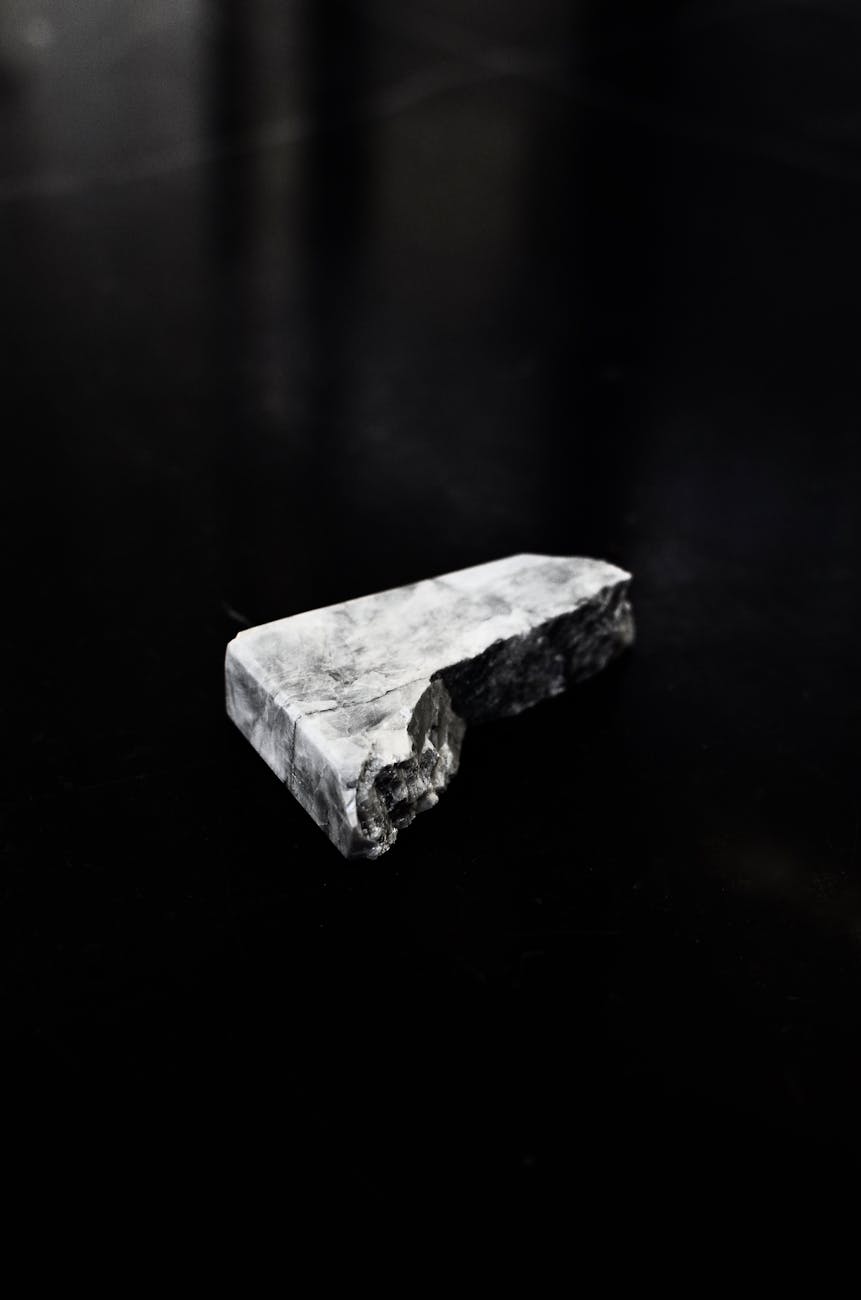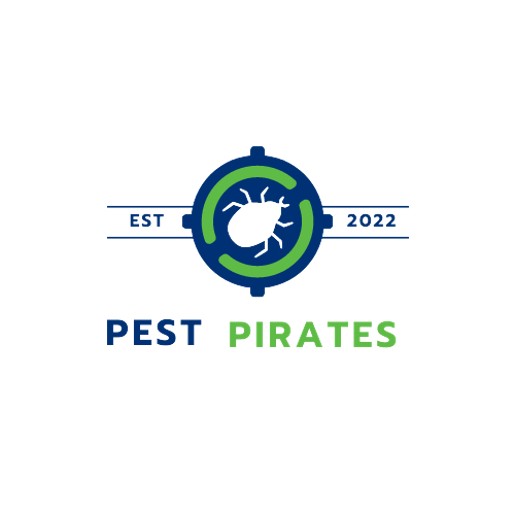
Recognizing Termite Infestation Signs
Understanding the extent of termite damage is crucial for every homeowner. Recognizing the early signs can prevent extensive damage and save on costly repairs. Here’s how to spot the evidence of these unwelcome guests.
Visible Indicators
The first step in identifying a termite problem is to look for visual cues. Here are some indicators that might suggest you have a termite infestation:
- Lines on Paint or Wallpaper: Narrow, sunken, and winding lines on your walls could be termite galleries just beneath the surface. This is especially true if the paint remains undisturbed while the cardboard layer underneath has been consumed. (Mississippi State University Extension Service)
- Pellet Piles: Drywood termites leave behind small, hexagonal pellets which could accumulate on floors or countertops. (Mississippi State University Extension Service)
- Sagging Floors and Dust: If you notice sagging in your floors or ceilings, or find dust that resembles sawdust, this could be a sign of termite activity. (Orkin)
- Broken Frames and Scales: A broken door frame or piles of wing scales are also common indicators. Termites often leave behind their shed wings, which can resemble fish scales. (Mississippi State University Extension Service)
For more detailed information on differentiating termites from other insects and recognizing seasonal patterns of termites, visit signs of termite infestation and seasonal termite activity patterns.
Structural Damage
Termites can cause significant structural damage that is often expensive to repair. Here are some signs of structural damage caused by termites:
- Sagging Structures: Floors, roofs, or door frames that sag might indicate termite damage. Check for timbers with dried dirt-filled galleries. (Mississippi State University Extension Service)
- Integrity Issues: Termite feeding can compromise your home’s structure, often before you even realize there is a problem. (Pest Defense)
- Collapses: Termites eating away at wood can lead to collapsing ceilings and floors, as well as damaged furniture and flooring. (Northwest Exterminating)
- Warping and Buckling: Termites can cause wood flooring to buckle or blister, wood to become hollowed or damaged, and doors and windows to become difficult to open. (Terminix)
If you notice any of these issues, it is imperative to seek professional assistance. Learn more about the structural impact of termites and when to consult a structural engineer.
Effective Termite Treatment Methods
Once you’ve identified the extent of termite damage in your home, your next step is to explore various termite treatment methods. Effective termite management often requires a two-pronged approach: implementing prevention strategies to deter termites and selecting appropriate treatment options to eliminate existing infestations.
Prevention Strategies
The best offense is a good defense when it comes to termites. Here are some preventative measures you can take to make your home less inviting to these destructive pests:
- Reduce Soil-to-Wood Contact: Ensure that wooden parts of your home, particularly the foundation, do not directly touch soil. This can prevent termites from using soil as a bridge to your wood.
- Divert Water: Properly installed gutters, downspouts, and splash blocks can prevent moisture accumulation around your home’s foundation, which is appealing to termites.
- Fix Leaks: Repair any leaking faucets, water pipes, and AC units promptly to reduce excess moisture.
- Ventilate Crawl Spaces: Install vents and vapor barriers in crawl spaces to lower humidity levels, as recommended by building codes (University of Kentucky).
- Store Firewood Properly: Keep firewood, lumber, or paper away from foundation or crawl spaces to eliminate potential food sources.
- Manage Mulch: Use mulch sparingly and keep it away from wood siding to limit moisture and termites.
For more information on how to termite-proof your home and landscaping practices to deter termites, explore our dedicated guides.
Treatment Options
When it comes to eradicating termites, you have various treatment options ranging from bait systems to wood treatments:
- Termite Baiting Stations: These eco-friendly stations are placed around your home to attract and poison termites, ultimately destroying the colony.
- Bait Termite Treatment Systems: Similar to baiting stations, these are installed by professionals around the perimeter of your home and are effective in eliminating termites and preventing future infestations.
- Wood Treatments: Termiticides are applied directly to wood surfaces, deterring termites and leading to their demise when ingested (Pest Defense).
It’s critical to take immediate action upon discovering termites. DIY solutions may seem tempting, but they often fall short and can even be hazardous. It’s advisable to reach out to a reliable termite control company for professional and effective treatment.
For more detailed insight into the various termite treatment options, such as chemical termite treatments, termite fumigation process, and heat treatment for termites, check out our extensive resources. Remember, choosing the right treatment is essential for long-term termite management and maintaining a termite-free home.




